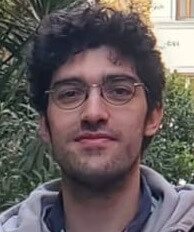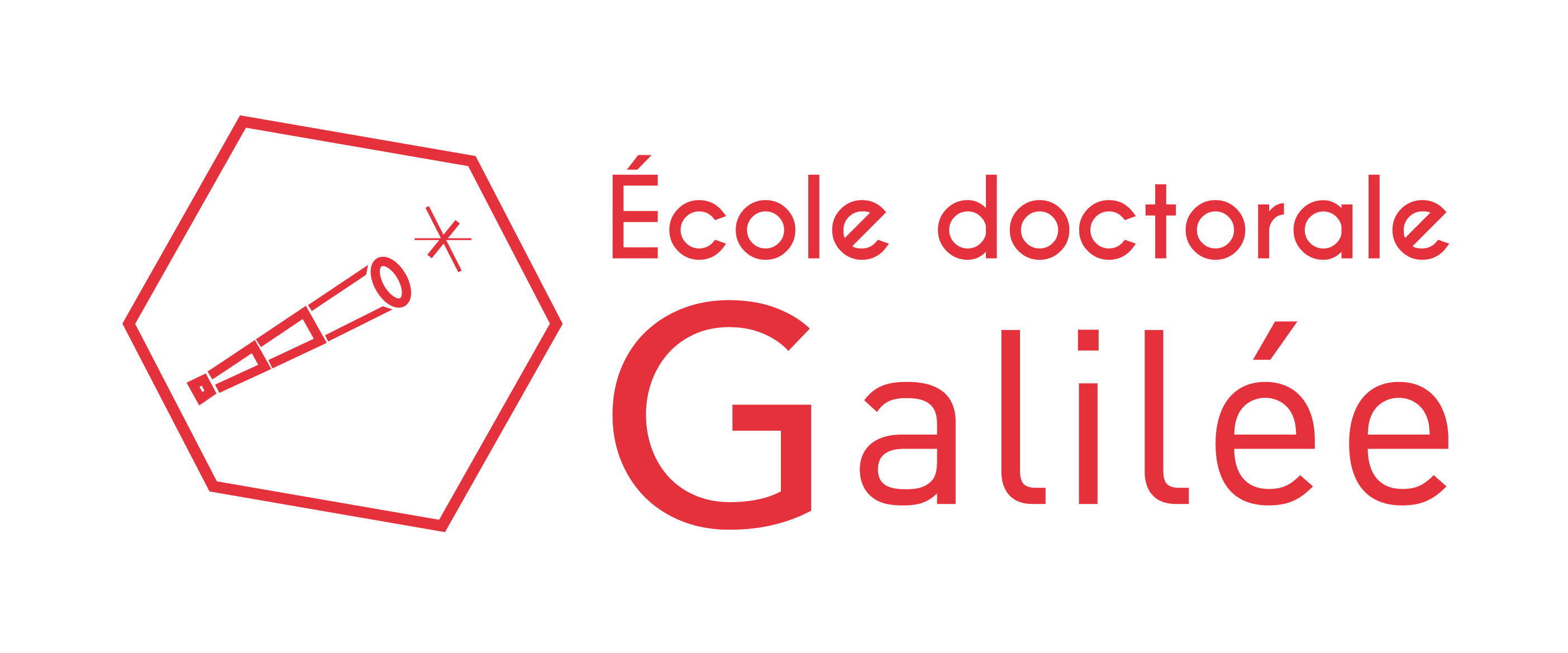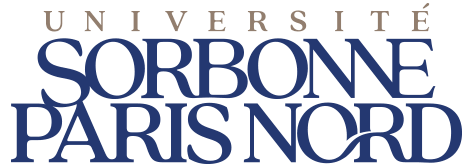
Discipline : Mathématiques
Laboratoire : LAGA
Directeur de thèse : Geoffroy Horel
Type d’homotopie modéré des espaces de configurations
La topologie algébrique est la branche des mathématiques qui étudie les formes géométriques à déformation près : seule la structure globale (la « topologie ») compte et pas les angles ou le volume (la « géométrie »). Les interactions de la topologie avec l’algèbre donnent lieu à des structures mathématiques très riches et intéressantes. Ces structures sont très complexes et des simplifications de la théorie classique ont été développées par Quillen (1969) et Sullivan (1977) dans la “théorie de l’homotopie rationnelle” qui a permis de grandes avancées en topologie. Mon projet de thèse vise dans cette optique à approfondir la compréhension des espaces de configurations de variétés : ce sont des espaces décrivant la position de plusieurs particules distinctes évoluant dans un espace courbe (une variété). Ceux-ci apparaissent naturellement dans de nombreux contextes en mathématiques et en physique. Leur type d’homotopie rationnel est bien compris. Mon travail consistera à comprendre leur “type d’homotopie modéré”, raffinement de l’homotopie rationnelle développé par Dwyer, Cenkl et Porter dans les années 80. Mon travail consistera tout d’abord à traiter la théorie de l’homotopie modérée avec un point de vue moderne et ensuite à l’appliquer à l’étude des espaces de configurations de variétés.
Tame homotopy type of configuration spaces
Algebraic topology is the branch of mathematics that studies geometric shapes up to deformation: only the global structure (the “topology”) matters, not the angles or volume (the “geometry”). The interactions between topology and algebra give rise to very rich and interesting mathematical structures. These structures are highly complex, and simplifications of the classical theory were developed by Quillen (1969) and Sullivan (1977) in “rational homotopy theory,” which has led to significant advances in topology.
My thesis project aims, in this context, to deepen the understanding of configuration spaces of manifolds: these are spaces that describe the positions of several distinct particles evolving in a curved space (a manifold). They naturally arise in many contexts in mathematics and physics. Their rational homotopy type is well understood. My work will focus on understanding their “tame homotopy type,” a refinement of rational homotopy developed by Dwyer, Cenkl, and Porter in the 1980s. My work will first address tame homotopy theory from a modern perspective and then apply it to the study of configuration spaces of manifolds.

